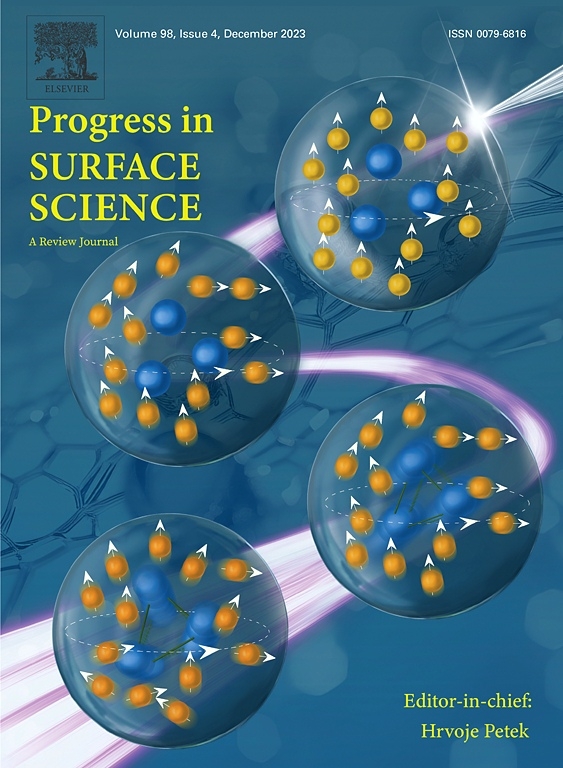Complementary perturbative and nonperturbative pictures of plasmonically induced electron emission from flat metal surfaces
Abstract
Recent high resolution multiphoton photoemission studies of low index Ag surfaces have revealed spectral features whose energetics was controlled by multiple quanta of plasmon energy rather than the photon energies appearing in the standard Einstein’s one-electron energy scaling in photoeffect. To elucidate these peculiar features we introduce and elaborate the mechanism of bulk- and surface plasmon-induced electron emission from metal surfaces, conveniently termed plasmoemission. Our point of departure is the cloud of hot plasmons generated in the primary interactions of external electromagnetic (EM) field(s) with the system. Such hot plasmon distributions acquire the form of a coherent state plasmonic bath which may serve as a source of energy and momentum required for electron emission from the system. These plasmoemission channels are complementary to the standard photoemission channels driven directly by the primary EM fields. Adopting this paradigm we analyze the plasmonically induced electron yield by using perturbative and nonperturbative approaches in the length and velocity gauge representations of the electron–plasmon interaction. Pursuing the perturbative approach to one- and two bulk plasmon-induced electron emission from Ag(110) surface we have investigated the effects of underlying band structure on the electron yield and proposed as how to discern them in the measured spectra. This also enables putting the perturbative descriptions of plasmoemission into the general context of pump–probe spectroscopy. The more demanding nonperturbative approach has been implemented by invoking the Volkov ansatz type of electron wavefunction in the velocity gauge and applied to surface plasmon-induced electron emission from quasi-two-dimensional surface bands on Ag(111). In this formulation the electrons emanate from the surface Floquet bands generated from the parent surface state band by the action of prepumped plasmonic coherent state field. A quantitative assessment of the multiplasmoemission yield is presented in terms of the plasmonic coherent state parameters controlled by the external pumping fields. The opposite limit of plasmonically induced electron tunneling regime is recovered in the quasistatic strong field limit. The pump–probe concept can be established also in the nonperturbative picture albeit in a more complex form.

 求助内容:
求助内容: 应助结果提醒方式:
应助结果提醒方式:


